What Is Your Poop Telling You About Your Health?
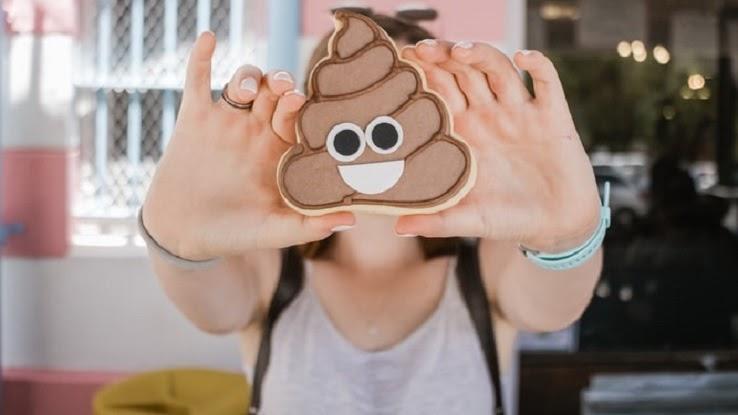
Everyone poops, as Taro Gomi, author of a children’s book by that very name, knows well. However, few people talk or think about their poop even though it’s a necessary and even vital part of human life. Adults could learn a thing or two from Gomi, however.
People need to be comfortable discussing defecation, particularly with doctors, and understanding what’s happening in the toilet can make that process much easier. So without further adieu, let’s talk about poop!
Sulfur-Smelling Diarrhea
If your poop smells like rotting eggs, then you may need to go to the doctor. It’s possible that you picked up Giardia, a single-celled microscopic protozoan parasite that lives in bodies of freshwater like lakes and streams as well as unpurified drinking water.
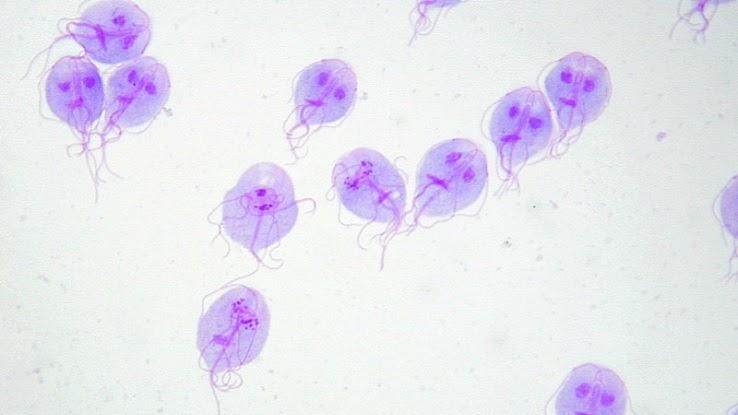
Giardia can also be picked up through contaminated surfaces, soil or food. This tiny one-celled animal can even survive chlorine, so it’s possible to get Giardia from a pool as well. When you have watery diarrhea, you can become dehydrated and lose a lot of essential nutrients quickly. Luckily, Giardia can be treated with an antibiotic.
Pencil-Thin Poops
If you have consistently pencil-thin poops or patches of dark blood in them, then you may have colorectal cancer. Your rectum is the last part of your large intestine (or colon) before the anal canal and anus.

Small, cylindrical poops that only happen for a couple of days might just be a sign that you need more fiber in your diet. However, when these stools become the norm, you should visit the doctor, because this is one of the first signs of a troubling blockage in your rectum.
Green Poop
If you haven’t consumed an inordinate amount of green food coloring, leafy greens or iron-rich foods, then your green diarrhea may be full of bile, which isn’t good. This is particularly worthy of concern if it’s a regular occurence.
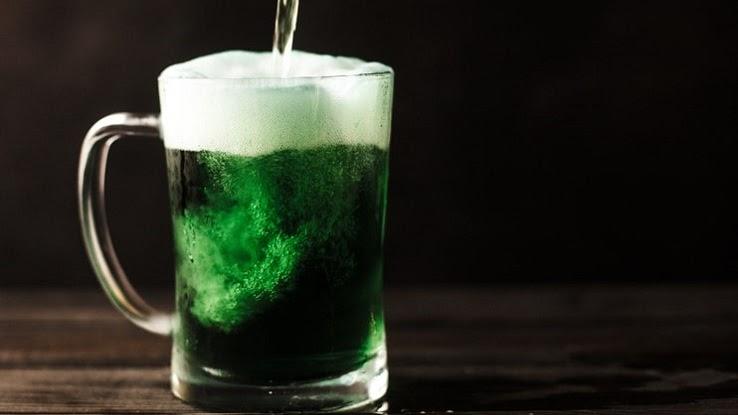
If your poop has bile in it, it means that it’s passing through your system too quickly and the bile isn’t having time to be broken down and absorbed. That also means that you aren’t getting important nutrients from your food. Either way, it’s worth a trip to the doctor’s.
White or Clay-Colored Stool
White or clay-colored stool means that your bile ducts may be obstructed. While passing through the digestive system, your food may not be getting the benefit of bile to help it break down. That can lead to infections or a buildup of bile in the liver and waste products in the blood.
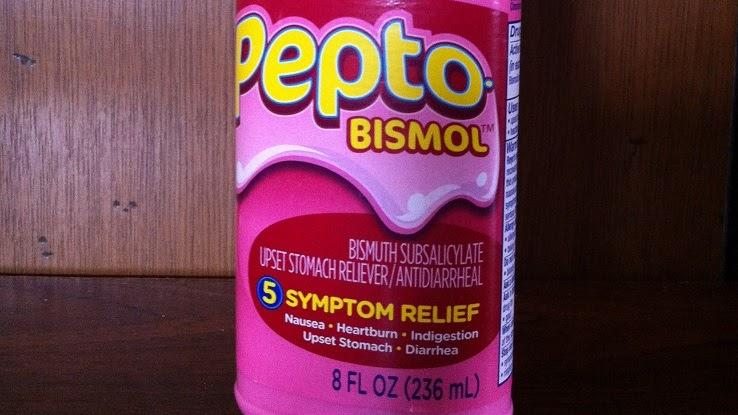
Some medications, such as Pepto-Bismol and antidiarrheals, can have the same effect. If you have a clogged bile duct, you should know that the problem can become serious and should be resolved through your doctor.
Hard Little Nuggets
Small, hard stools are usually connected to constipation, not enough fiber, too many simple carbohydrates or sugars or dehydration — or all three. If your poop is small, hard, dry and difficult to pass, you probably need to seriously rethink your diet.

Ways to combat uncomfortable constipation are to eat more fruits, vegetables, whole grains, beans, nuts and seeds. In short, eat more plants. Meat and dairy are yummy, but humans are omnivores, and your body is designed to eat a little meat and a lot of plants. If you’re not doing that, your toilet time will suffer.
Black Stools — Straight to the Doctor!
If you haven’t eaten a pound or so of black licorice in the past couple of days and you’re not consuming large amounts of iron, but still have black stools, go to the doctor’s office. Black poop is a sign of digested blood, meaning that your upper gastrointestinal (GI) tract is bleeding.
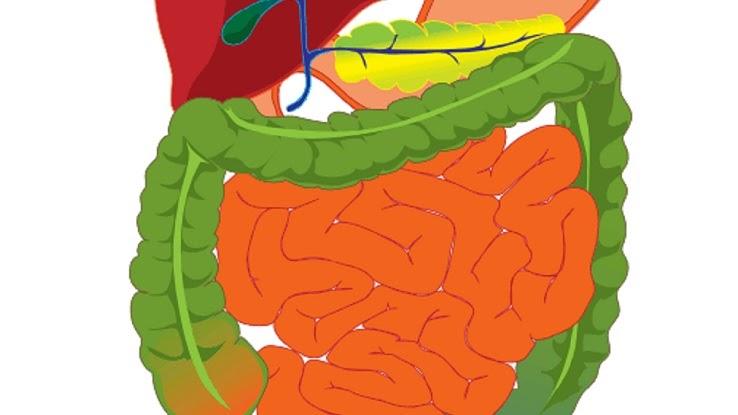
That can be caused by an ulcer in your stomach, alcoholism combined with excessive consumption of ibuprofen, similar drugs or antidiarrheals, to name a few scenarios. Whichever one of these it is, it’s a serious problem and needs to be remedied immediately. Inflammation and internal bleeding in the GI tract is no joke.
Explosive Seaweed-Green Liquid Poop
If this sounds unpleasant, it’s even worse to actually experience. If you’ve got uncontrollable, dark green, liquid poop, a bacterial superinfection called Clostridium difficile (C. diff) may be the culprit. Superinfections happen when a normal bacteria such as C. diff runs rampant after healthy bacteria are killed by an antibiotic.

Without good bacteria to balance out the gut, C. diff can run rampant, causing severe cramping as well as the above-listed symptoms. Liquid diarrhea can cause dehydration and even death pretty fast, so it’s very important to stop the antibiotic that caused the superinfection and get treated at the hospital immediately.
Bright Red Poop
While fresh blood in poop is usually from hemorrhoids or somewhere in the lower GI tract or rectum, if it’s ongoing, it needs to be addressed. The exception is if you ate nine red popsicles or similar foods in large quantities.

Natural substances such as cranberries, beets or tomato juice are a common source of the problem. If the red color is actually blood, however, it could be caused by an anal fissure, which is a small tear around the anus. This condition is painful and can be fixed with medication or surgery.
Loose, Yellow, Foul-Smelling Stool
Celiac disease is characterized by a gluten intolerance in which consumed gluten causes damage to the small intestine. Celiac disease is a digestive disorder that occurs when the immune system is hypersensitive to gluten, which is found in barley, wheat and rye.
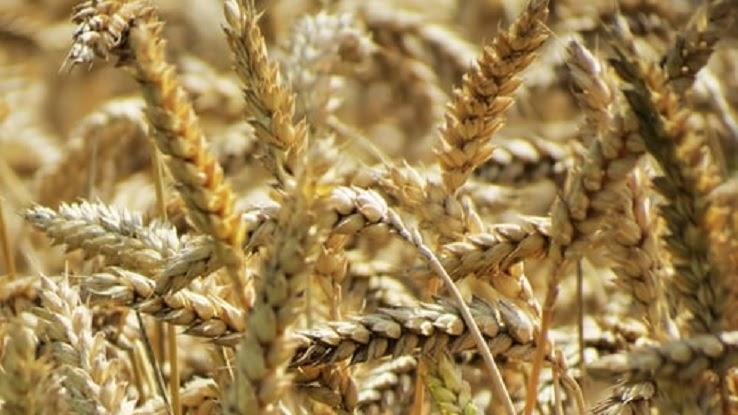
Unfortunately, gluten may also be found in vitamins, skin and hair products, some makeup and toothpaste. Symptoms of Celiac disease include irritability, abdominal pain, loose, greasy, yellow stools, frequent bowel movements, depression and fatigue. If you continue to eat gluten with Celiac disease, you are putting yourself at risk for malnutrition and cancer.
Greasy Floaters
It’s normal to have some poop that floats, especially if you’re into foods like sprouts, beans or cabbage. What isn’t normal is if your floaters are oily, which can mean that your body isn’t absorbing fat properly.

This is a problem and could be an indication of a food allergy or a pancreatic issue, such as inflammation or an infection. Pancreatic problems like pancreatitis can be very serious, very painful and even fatal, so if you see that your stool looks like it has an oil slick on it, get to the doctor ASAP.
Regular Floaters
Floating poop can also be a sign of high-fat content in your diet, which may be a sign of malabsorption. Malabsorption happens when you cannot absorb the fat and other nutrients from the food you’re eating, which is not normal.

Floating stools may indicate Celiac disease or chronic pancreatitis, both of which are serious and require a doctor’s care as well as a serious change in diet. It is always better to eat high-fiber, plant-based foods than processed, refined foods with high sugar content and added preservatives, dyes and chemicals.
Flatulence
It turns out that passing gas 8-10 times per day is healthy and normal, although depending on where you are when you do it, it may be embarrassing. Farting is the result of your gut bacteria doing its job in your intestines and breaking down your food into nutrients and waste.

The gas is a normal by-product of the microbial waste management system in your large intestines. Digestion can sometimes be a smelly business, but rest assured that you are an average human being if you fart up to 18 times per day, according to the American College of Gastroenterology.
Poop Transplants
Yes, poop transplants are a thing. At least, fecal microbiota transplants are real and have proven to effectively treat problems like recurrent C. difficile bacterial superinfections and even inflammatory bowel disease (IBD). There are trillions of good bacteria working hard in a healthy person’s gut to keep them that way.

Antibiotics can disrupt the good bacteria in your intestines to such a degree that it causes pain and other unpleasant GI symptoms. If probiotics don’t work, your doctor may suggest that you ask one of your friends to be a poop donor for you. Hey — sharing is caring, right?
Your Bathroom Is Not Your Office
It may seem like a weird thing to study, but researchers have found a strange but strong correlation between time spent in the bathroom reading on the toilet and hemorrhoid development. The theory is that the longer you are sitting and straining, the more pressure it puts on the anal area, increasing the risk of swollen, irritated blood vessels.

Usually, a low-fiber diet is to blame for this problem. Fiber adds bulk to the stool, which promotes regularity and prevents constipation. Most people fall short of the recommended 30-35 grams of fiber per day recommended by doctors.
Cell Phone Poop
Everybody knows that the best way to prevent disease transmission is to thoroughly wash your hands after every bathroom use. If you don’t, feces particles and the accompanying germs can get on everything you touch, which is not just gross, but can also make you sick.

In 2011, researchers from the United Kingdom found that as many as one in every six cell phones had traces of poop on it. Think of all of the places your phone has been today — most people keep a phone on their person at all times. E. coli and other GI bacterial diseases are commonly spread that way.
What Is a Healthy Poop?
Dr. Oz made poop history when he said that a healthy stool “… should be in the shape of an S, and you want to make sure the color’s normal because the color of the poop tells you a lot about how you made it.”

Dr. Michael Cheng, a gastroenterologist, noted, “Healthy stool is usually considered a soft, formed bowel movement that is typically brownish in color.” You should seek help from a doctor if you have any chronic, recurrent GI symptoms such as vomiting, loss of appetite, diarrhea or abdominal pain.
The Bristol Stool Scale
Surprisingly, poop is about 75 water water and 25 percent indigestible food, inorganic substances and dead bacteria. The time it takes for the average person to consume a meal and then have a bowel movement is approximately three days.
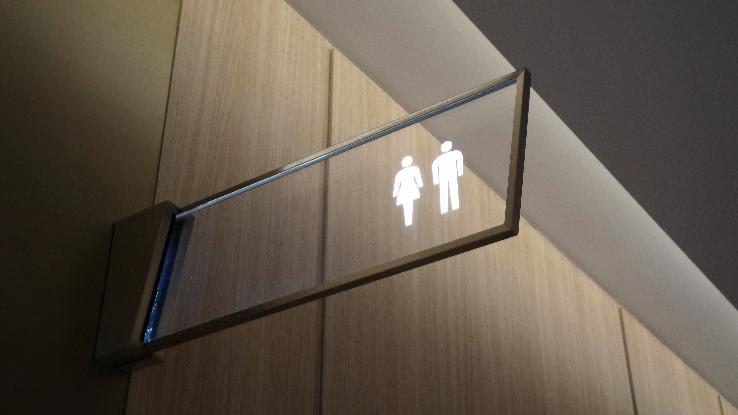
The Bristol Stool Chart rates stools on a variety of qualities and categorizes them into seven types of stool based on size, color and texture. Types three and four are the normal ones, with soft, “sausage-shaped, snake-like,” stools that are easy to pass and flush easily. This chart also notes that a normal stool stays intact when flushed.
Amount of Poop
You should have no more than three bowel movements in a day, and the total amount should equal less than 200 milliliters or 200 grams of stool. 200 grams is a little less than half a pound, so if you’re going more than this, you should evaluate your diet.
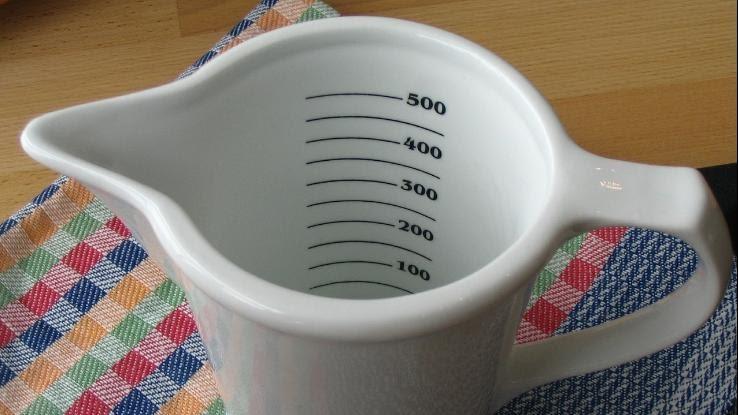
As far as volume goes, 200 milliliters is a little less than a cup. If you’re producing more than that amount of diarrea a day, you should go to your doctor to figure out the cause.
Constipation
Hard, dry stools can be a sign of constipation. This condition is reported fairly often in the United States, with 4 million people experiencing it frequently. The problem with constipation is that it can be painful, cause impactions and hemorrhoids, and is usually preventable.

The best things you can do to prevent constipation is to eat more fiber — particularly fruits, vegetables, whole grains, nuts, seeds and berries — drink lots of water and get enough exercise.
Medications Affect Your Bowels
You might not know this, but a lot of medicines can cause constipation. Some medicines affect the nerve and muscle activity of the colon and bind intestinal liquid, so you should take care to do your research before taking a new medication.

Some drugs also slow colonic action, which can be serious if gut motility stops completely. Some of these medications include opiates, antacids, antihypertensives, anticonvulsants, antidepressants, antipsychotics, diuretics, bile acid sequestrants, calcium channel blockers and iron supplements. Be sure to read any product information included with your prescriptions to determine possible side effects.
Worms
There are many types of intestinal worms that humans are capable of getting, including flatworms, such as flukes and tapeworms, and roundworms, like pinworms and hookworms. Common symptoms of a parasitic worm infestation are pain in the abdomen, diarrhea, nausea, vomiting, gas, bloating, fatigue and unexplained weight loss.

One way to get intestinal parasites is to eat the undercooked meat of an infected animal, but you can also get them from ingesting contaminated water or soil, contact with feces, and poor sanitation and hygiene. Fortunately, such parasites are usually treatable with medication.
Pus in the Stool
If you are unfortunate enough to experience food poisoning, you may see pus in your stool as a result of the bacterial invasion and subsequent white blood cell response. There are many bacteria that can cause GI tract illnesses, such as campylobacter, salmonella, shigella and yersinia.
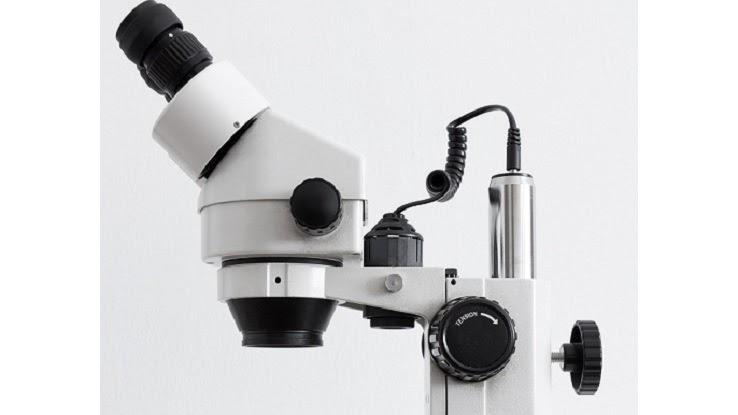
All of these bacterial invaders can cause cramping, nausea, vomiting, fever and diarrhea. It’s important that your doctor get a culture of your stool to determine which bacteria are affecting you, as there are different antibiotics for the treatment of different bacteria.
Mucus During Chemo
If you are undergoing chemotherapy or radiotherapy, be aware that gastrointestinal mucositis, the severe loss of mucus from the gastrointestinal tract, can occur. Unfortunately, if you experience this condition, you may need to be hospitalized until your digestive tract is back to normal.
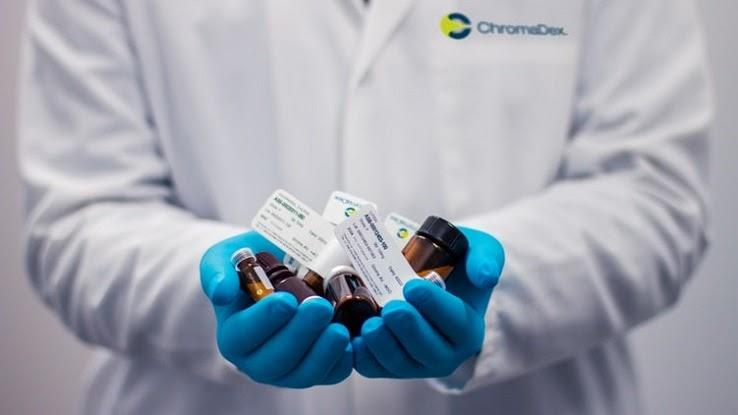
Gastrointestinal mucositis causes inflammatory lesions of the oral or GI tract. This condition is treatable but may reoccur during future chemotherapy or radiation treatments. The pain from this condition can be severe.
Coccidia
Coccidia infection, or coccidiosis, is a GI infection caused by the sporozoan parasite coccidium. Coccidiosis is characterized by watery diarrhea that sometimes alternates with constipation, pain in the abdomen, fever, nausea, headache, loss of appetite and weight loss. After the microscopic spores are ingested, the symptoms show up after about a week.
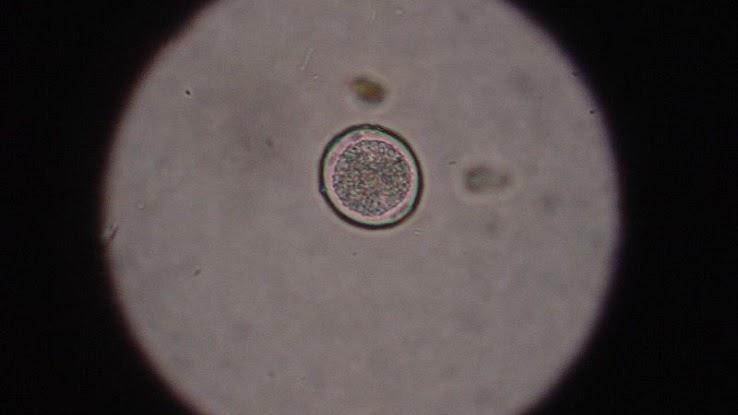
Coccidiosis in humans usually clears up spontaneously after 1 to 4 weeks, and sanitization and good hygiene are key to keeping it at bay. Dogs and cats can be infected by coccidia and may give it to a human. Coccidiosis that does not subside is treated with sulfonomides.
Timing Your Poop
Since there’s a correlation between how long it takes a person to defecate and hemorrhoids, doctors proposed guidelines for how long it should take to produce a healthy bowel movement.

According to healthline.com, a healthy poop should take no more than 10 to 15 minutes. Additionally, while the average person poops anywhere from three times per day to once every other day, any less than that warrants a trip to the doctor’s office.
Soft Little Nuggets
Fiber, fiber, fiber! Fiber is essential to your digestive health, and soft, small, easily passable stools are a dead giveaway that you need more fiber in your diet. If you have this problem, bust out the veggies, nuts and berries and go to town.
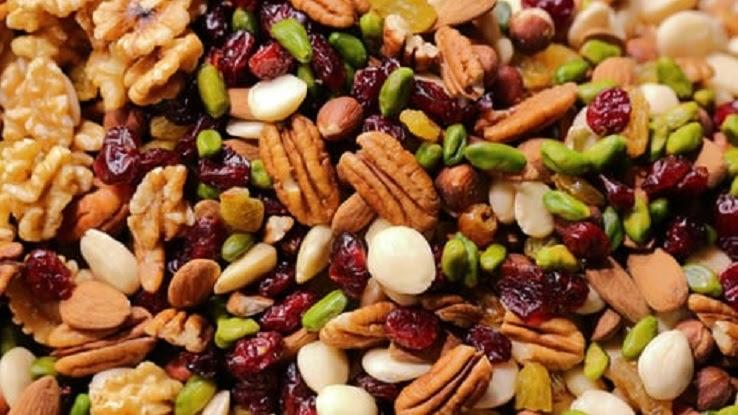
If you’re on the fence about going mostly vegetarian, consider that vegetarians and vegans have an 8-year longer life expectancy than the general population, which is the same as the difference between smokers and non-smokers. That raises the question: if you smoke but are a vegan, do you have a normal life expectancy?
Sausage Shaped and Lumpy
If a stool has the right shape but is too lumpy, it could indicate constipation. This type of poop is type two on the Bristol Chart, and passing it can be uncomfortable. Nobody wants to pass a big, rock-hard, lumpy stool, so eat more greens, drink more water and exercise every day.
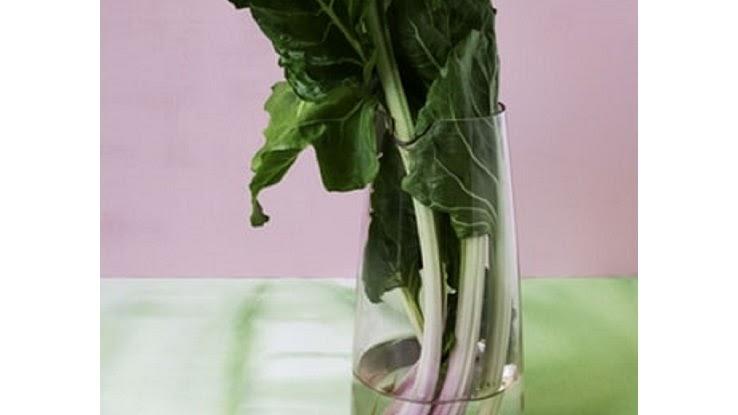
Constipation can interfere with your daily life and work, so it’s important to figure out why you’re constipated in the first place and treat the underlying cause instead of masking symptoms with a laxative or stool softener. When your poop is trying to tell you something, you should definitely listen!
Sausage-Shaped With Cracks
Cracks in an otherwise normal-sausage-shaped stool are nothing to worry about. In fact, they fall under type three on the Bristol Stool Scale, making them close to the epitome of poop.
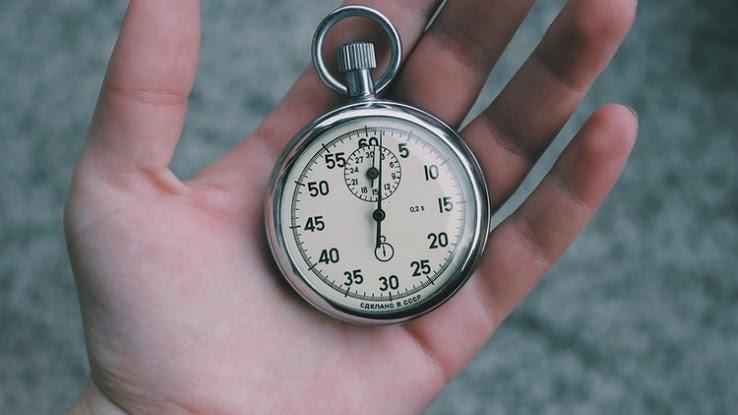
As long as you have a bowel movement every one to three days, this kind of poop is ideal. It make take a little more effort to pass than a type four, but it’s still no cause for concern. Just make sure that they maintain their shape and aren’t too watery.
Soft Blobs With Obvious Edges
This type of stool is at risk of becoming diarrhea and is comprised of soft blobs with clear-cut edges. While it’s usually easy to pass, it doesn’t retain its shape well and signal future problems in the bathroom.
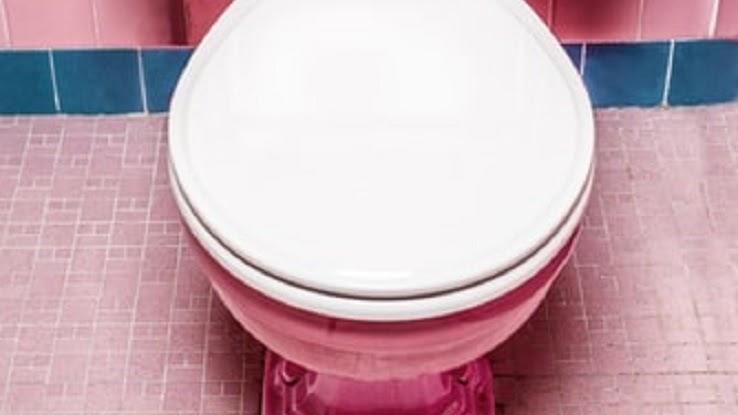
This stool is type five on the Bristol Chart. It may come with a sense of urgency when it’s time for it to exit the body, and it’s essentially a precursor to diarrhea. Even so, as long as there isn’t a larger underlying condition, it usually goes away in a few days and is no big deal.
To Wrap It Up
The size, shape, color, and consistency of stool do matter, it turns out, and they matter a lot. How often you have a bowel movement matters too — some people go every day, while others go every couple days, and both are normal. What you want to pay attention to with frequency is if it changes — then it becomes significant.

To keep your GI tract healthy, eat a high-fiber, balanced diet, be sure to get enough exercise and drink enough water every day, and get a colonoscopy if you are over 45 or have a family history of colorectal cancer or polyps.





